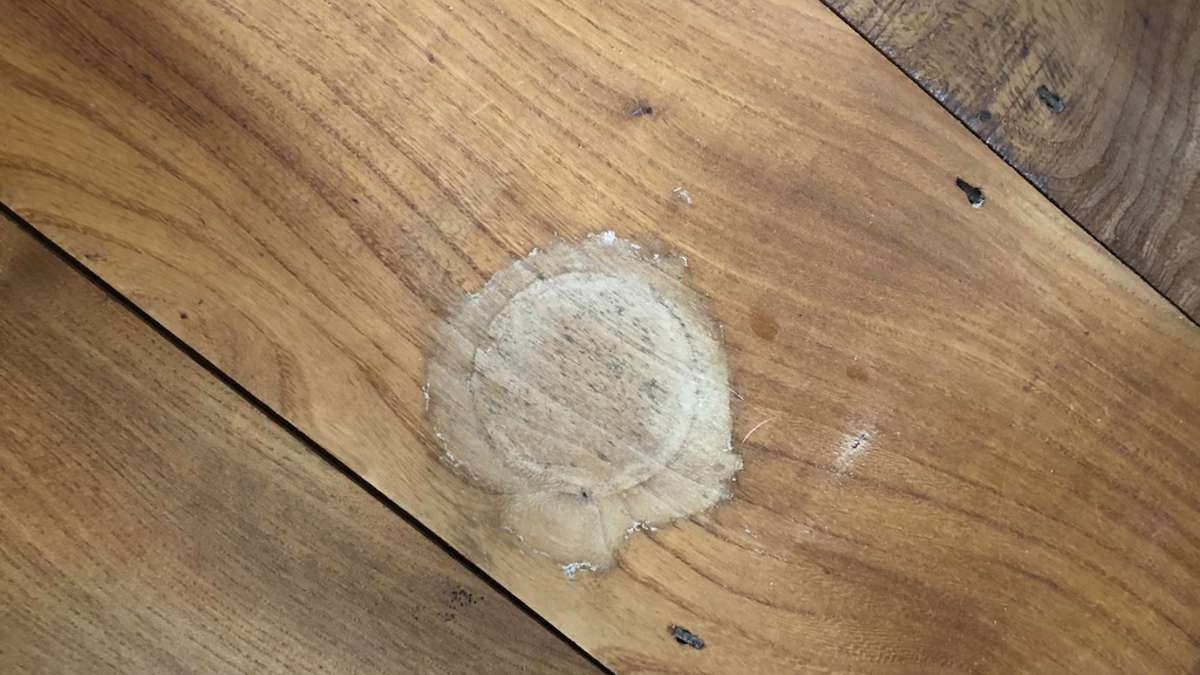
A knocked vase, an accidentally spilt glass of water, all over your beautiful wood flooring – what to do? It may feel like a disaster however, repairing water damaged wood flooring is possible.
Boards react differently depending of the amount of ‘spillage’. A small amount may cause a stain or water mark. Large amounts of water can cause individual boards to cup or crown. Cupping is where the centre of the board is lower than the edges producing a concave shape. Crowning is where edges of the boards are lower than the centre giving a convex appearance. Both cupping and crowning lead to expansion and contraction of the boards resulting in altering its width.
REPAIRING SMALL WATER MARKS
Small water marks that have not yet penetrated the board and are visibly not very dark in colour can be remedied by gentle sanding of the surface. All that is then required is to reapply the finish.
Heavily damaged boards which, after sanding, still show visible marks, may need to be replaced. However, it is first worth trying the sanding method using the cloth method to apply the original finish to disguise the mark. Do this by gradually building up the colour and allowing to dry in between coats. It may not necessarily remove the stain but with gradual application you may attempt blend it in. Creating a ‘bit of character’ to the floor by way of a distinguishing feature! If the desired result is not achieved and in the case of more stubborn water marks the only alternative is to replace the board.
LARGE ACCIDENTAL SPILLAGES
For this I mean ‘a bucket full’. – This will possibly cause boards to expand and contract producing the cupping or crowning effect. Obviously the first thing to do is to mop up as much liquid as soon possible. Preferably with something absorbent so as not to spread more water over the floor. Allow to dry, then assess the damage. Minimal cupping or crowning may be managed by gently sanding with a machine to level the boards. This will remove the finish in this area which then needs to be reapplied to the affected boards.
The same method may be applied to repairing water damaged engineered wood flooring, but this is very much dependant on the quality and thickness of the top veneer. Sanding an engineered floor is only recommended on perhaps one or two occasions. That said an engineered floor is less susceptible to cupping or crowning due to the stability in the way it is constructed.
Information supplied is given only as a guide. If in doubt of your DIY skills we recommend seeking professional trades people to carry out any repair work.

